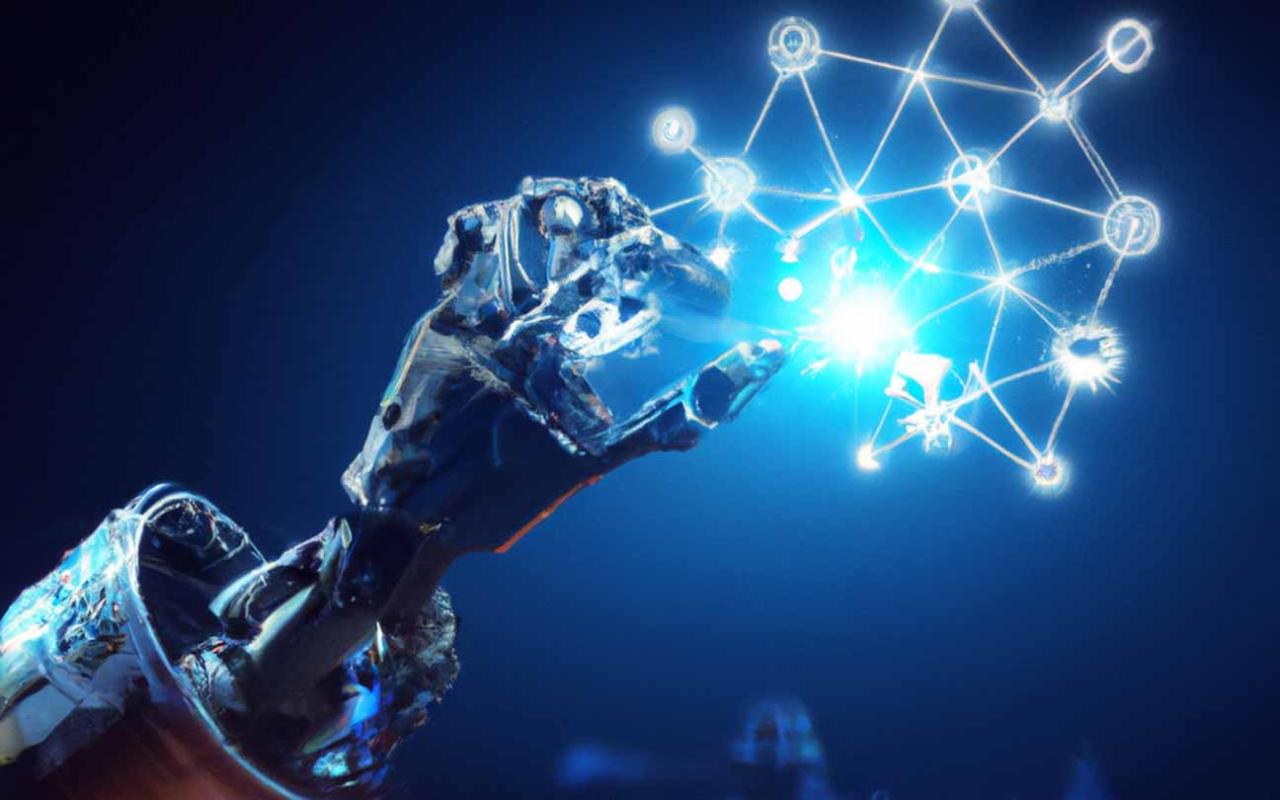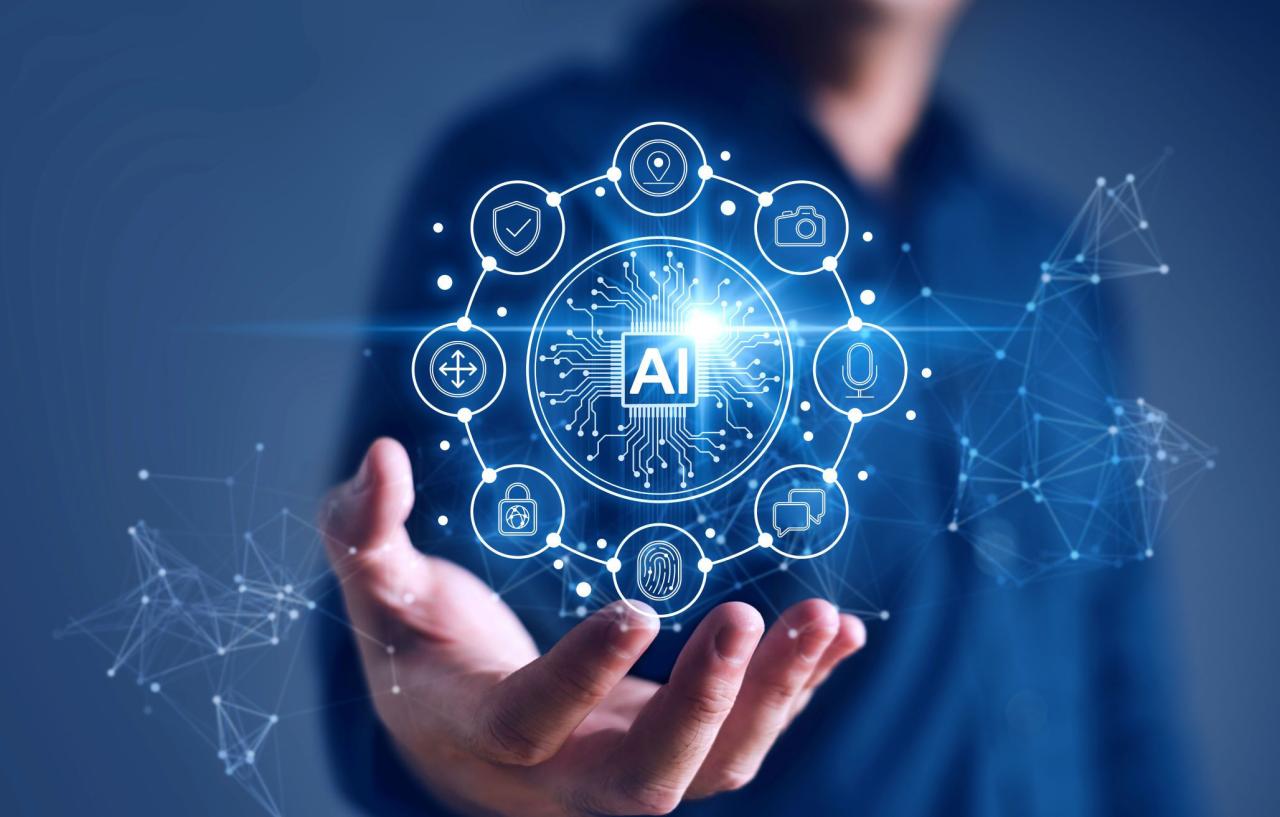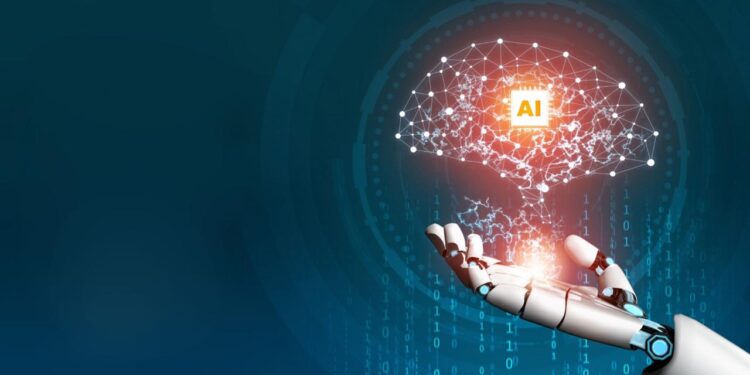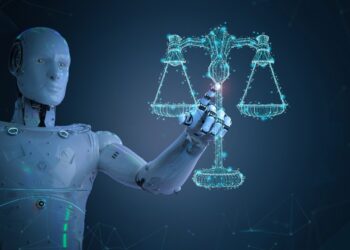In the vast and ever-expanding digital landscape, a technological revolution is quietly but powerfully reshaping the very nature of content creation. Generative AI, a sophisticated subset of artificial intelligence, is no longer just a futuristic concept; it is an active and dynamic force that is redefining how we write, design, code, and compose. From producing stunningly realistic images from a simple text prompt to generating entire articles and musical scores, generative AI is a game-changer. This comprehensive article delves into the profound impact of generative AI, exploring the foundational technologies that make this possible, the diverse applications across various industries, and the critical ethical and societal questions that emerge as we navigate this new era of automated creativity.
For centuries, the creative process was viewed as a uniquely human endeavor, a sacred dance between inspiration, skill, and expression. Content, whether a painted canvas, a written novel, or a musical composition, was seen as the direct output of human imagination. Generative AI challenges this fundamental assumption. By learning from and synthesizing vast amounts of existing data—be it millions of images, billions of words, or countless musical pieces—these models can produce new, original content that is both compelling and contextually relevant. What began as simple algorithms for stylistic imitation has evolved into complex systems capable of creating entirely novel and imaginative works. The conversation has shifted from “can a machine be creative?” to “how will we collaborate with these creative machines?”
The global interest in generative AI has exploded, with tools like ChatGPT, Midjourney, and DALL-E entering the mainstream consciousness. These tools are democratizing access to high-level creative production, empowering individuals and businesses alike to create content at an unprecedented scale and speed. An entrepreneur can now design a brand logo in minutes, a writer can overcome writer’s block with a single prompt, and a musician can generate unique melodies for a new song. This is not just an efficiency boost; it is a creative catalyst that is lowering the barrier to entry and unlocking new forms of expression. As the technology continues to advance, the line between human-made and AI-generated content will become increasingly blurred, pushing us to rethink our roles as creators and consumers in a world where creativity is a shared endeavor between man and machine.
The Technological Bedrock

The power of generative AI is not a single piece of technology but a sophisticated ecosystem of algorithms and models that work in concert. Understanding these foundational technologies is key to grasping the scale of this revolution.
A. Large Language Models (LLMs) and the Power of Text
Large Language Models (LLMs), like the GPT (Generative Pre-trained Transformer) series, are the most prominent examples of generative AI in the public sphere. These models are trained on massive datasets of text from the internet, books, and other sources. By analyzing the statistical relationships between words and concepts, they can generate coherent, contextually relevant, and human-like text. They can write articles, emails, code, poetry, and even entire books based on a simple prompt. The more advanced an LLM is, the better it can understand nuances, maintain tone, and follow complex instructions. This makes them invaluable tools for content writers, marketers, and researchers.
B. Diffusion Models and Visual Art Creation
In the visual arts, diffusion models have proven to be a major breakthrough. These models, which power popular tools like Midjourney and DALL-E, work by taking a random noise image and gradually “denoising” it into a coherent image based on a text prompt. The model learns to reverse this process by analyzing a vast dataset of images and their corresponding text descriptions. The result is a system that can generate stunningly realistic and imaginative images from a text prompt like “a photorealistic digital painting of a panda riding a bicycle on a busy Tokyo street.” This technology is transforming graphic design, advertising, and concept art.
C. Generative Adversarial Networks (GANs)
Generative Adversarial Networks (GANs) were early pioneers in the field of generative AI, particularly in image synthesis. A GAN consists of two neural networks: a generator and a discriminator. The generator creates new images, while the discriminator tries to determine if the image is real or fake. This adversarial training process forces the generator to constantly improve its creations until they are indistinguishable from real images. While diffusion models have surpassed GANs for some applications, GANs are still a powerful tool for tasks like creating realistic faces, generating 3D models, and creating highly stylized art.
D. The Crucial Role of Prompt Engineering
The quality of the output from a generative AI model is highly dependent on the quality of the input, or the prompt. Prompt engineering is the art and science of crafting effective prompts to get the desired result from a generative AI model. This involves being specific, providing context, and iterating to refine the output. As generative AI becomes more sophisticated, the role of the prompt engineer—the person who can expertly guide the AI to produce a specific creative vision—will become a critical skill for a wide range of professions.
The New Content Economy

Generative AI is not just for creating art; it is being integrated into a diverse array of industries, creating new efficiencies and opportunities.
A. Marketing and Advertising
In marketing and advertising, generative AI is a game-changer. It can be used to generate personalized ad copy for different demographics, create unique visual assets for social media campaigns, and even design entire websites based on a brand’s guidelines. This allows for a level of customization and a speed of content production that was previously impossible, enabling marketers to run more dynamic and effective campaigns.
B. Media and Journalism
For journalism and media, generative AI can assist with research, summarize long articles, and even draft news reports on data-heavy topics like financial earnings or sports statistics. While it is not yet capable of the nuanced analysis of a human journalist, it can free up reporters to focus on investigative work and in-depth storytelling. In the world of entertainment, AI can assist with scriptwriting, generating background dialogue for video games, and creating visual effects.
C. Software Development and Design
Generative AI is proving to be an invaluable tool for software developers. Models like GitHub Copilot can suggest lines of code or complete entire functions, significantly accelerating the development process. In design, AI can be used to generate user interfaces, create 3D models, and test design concepts, allowing for more rapid prototyping and innovation. The AI is not just writing code; it is helping to design the future of digital experiences.
D. Education and Research
In education, generative AI can create personalized learning materials, generate quizzes, and act as a virtual tutor to help students with their studies. In research, it can assist with data analysis, synthesize findings from thousands of academic papers, and even help to formulate new hypotheses. The AI is becoming an intelligent partner in the pursuit of knowledge, making learning and research more efficient and accessible.
The Ethical and Societal Implications of Generative AI
The rapid advancement of generative AI brings with it a host of ethical and societal questions that we must address.
A. The Future of Work and Creative Professions
One of the most pressing questions is the impact of generative AI on the future of work. Will AI replace human artists, writers, and designers? The consensus among experts is that it will not, but it will fundamentally change their roles. The future will belong to those who can master AI as a tool, using it to augment their skills and creativity. However, the rise of AI-generated content does pose a threat to professions that rely on repetitive or low-level creative tasks.
B. Copyright, Ownership, and Training Data
The issue of copyright and ownership is a legal minefield. Who owns the copyright to content created by an AI? What about the vast datasets of copyrighted material that these AI models were trained on? The legal framework around this technology is still in its infancy, and the courts will have to grapple with these complex questions in the coming years. Furthermore, the ethical use of training data, particularly if it includes private or sensitive information, is a major concern.
C. Misinformation and the Creation of Deepfakes
Generative AI can create incredibly realistic images, audio, and video, making it a powerful tool for creating misinformation and deepfakes. This technology could be used to create fake news stories, manipulate public opinion, or generate fraudulent content. The ability to distinguish between real and AI-generated content will become increasingly difficult, and society will need to develop new tools and strategies to combat the spread of this kind of content.
D. Bias and Representation
Generative AI models are only as good as the data they are trained on. If that data contains societal biases—for example, a lack of representation for certain demographics—the AI will replicate and even amplify those biases. This could lead to a future where AI-generated content reinforces stereotypes and creates a less inclusive digital world. Ensuring that AI models are trained on diverse and ethically sourced data is a critical challenge.
Conclusion
In conclusion, generative AI is a transformative technology that is redefining the landscape of content creation. It is moving us beyond a world where content is a purely human endeavor and into a new era of collaboration between man and machine. By providing powerful and accessible tools for everything from writing and art to coding and music, generative AI is democratizing creativity, lowering the barrier to entry, and accelerating the pace of innovation across a wide range of industries. It is not just about creating content more efficiently; it is about exploring new creative frontiers that were once unimaginable.
The technological bedrock of this revolution, from the sophisticated text generation of LLMs to the stunning visual creations of diffusion models, is rapidly evolving. The skills of the future will not just be about creating content, but about effectively guiding these powerful AI tools to produce a desired outcome. This will create new opportunities for professionals and a new level of creative freedom for individuals. However, as we embrace this new era, we must also be mindful of the immense ethical and societal challenges that lie ahead. The future of work, the complexities of copyright, and the potential for misuse are all critical issues that must be addressed with foresight and care.
Ultimately, the generative AI revolution is not about replacing human creativity; it is about augmenting it. It is about a new partnership where the human provides the vision and the intention, and the AI provides the unparalleled speed and power of a creative engine. This is a thrilling and profound moment in our history, and the content we create in this new era will be a testament to this unique synergy. We are at the beginning of a new creative renaissance, one that will be defined by the beautiful and often surprising collaboration between the human mind and the artificial one. The future of content creation is no longer just in our hands; it is in our prompts.






